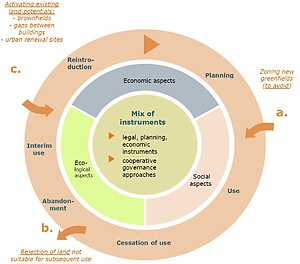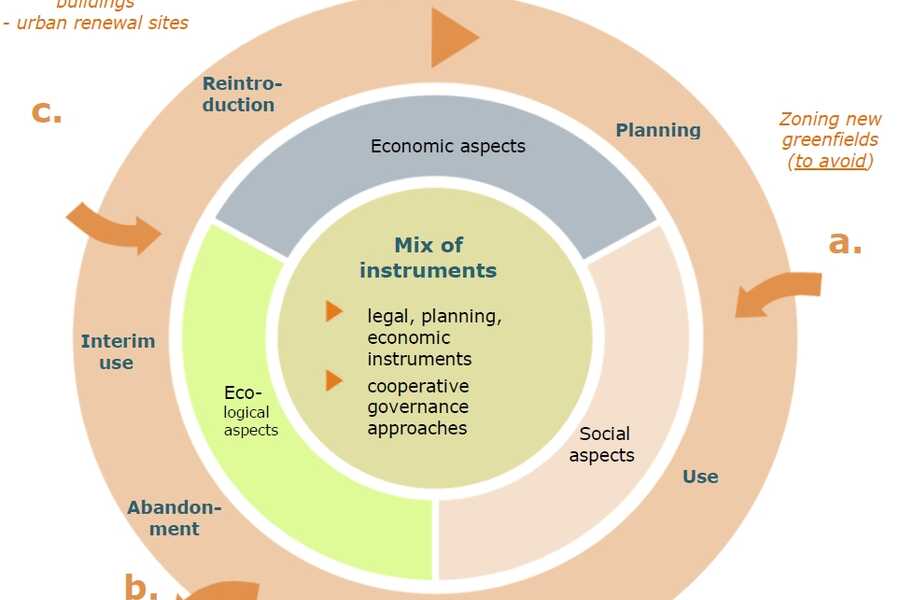PUBLIC SPACE
Tatiana Armijos Moya, Pinal Desai, Truke Zeinstra
1. Problem Statement
1.1 Public Space, Scale and Focus
‘To be modern is to find ourselves in an environment that promises us adventure, power, joy, growth, transformation of ourselves and the world – and at the same time threatens to destroy everything we have, everything we know, everything we are.’
Marshall Berman
All that is Solid Melts into Air: The Experience of Modernity
A public space is a social space that is generally open and accessible to people, or a collective area that is shaped within the building mass improving the connection between the building and its surroundings and prevent the city from being reduced to uniform public space and or uniform closed building masses. In fact, within these transitional areas different kind of activities are developed such as walking, staying, sitting, seeing, hearing, talking, among others. Furthermore, regarding urban scale, public space can be defined as the connecting spaces that organize the relation between the buildings and the city. Therefore, public space is defined as the life or space between buildings where people can share with others and with the city in a relaxed and undemanding way.
What is more, several thinkers have attempted to describe the characteristics of the modern public space. For instance, the German philosopher Jürgen Habermas defines the term Öffentlichkeit, ‘the public realm’ ‘public space’, as ‘a realm of social life in which something approaching public opinion can be formed . . . and in which citizens can confer in an unrestrictive manner’.He defines this realm as a social area where rational discussion takes place between citizens regarding general interests.
In order to understand the importance of the existence of public spaces, it is important to establish that people generally want the buildings that represent their social and community life to give more than functional fulfillment. They want their aim for monumentality, happiness, pride, and excitement to be satisfied. That is why the spaces and the movements that link those buildings and its surroundings are essential, because they have to achieve the same goal of fulfillment between the people and the city.
Finally, it is important to mention that people are attracted to other people.It is commonly factual that people and human activities attract other people. Generally, people gather with and move about with others and seek to place themselves near others. New activities begin in the vicinity of events that are already in progress. (Gehl, 2011) (Gameren, 2013) (Avermaete, 2013)
1.2 Sustainable Urbanization
Many cities around the world aim to optimize city systems for efficiency and accomplishing carbon-neutrality. However, in order to produce a sustainable urban environment it is necessary to generate a change of citizens’ minds. What is more, environmentally friendly technologies and strategies need to be supported by the integration of cultural, social, educational and environmental policies that create the ethical and intellectual knowledge, skills, attitudes and behaviors of citizens.
In fact, it is important to develop a harmonious continuity between the past, present and future in order to achieve a smart a sustainable city. Therefore, it is important to generate an ecological balance and social identity of urban communities, fostering creativity and technology, to increase their productivity and resilience, and thereby improving welfare and quality of life for citizens.
Regarding public space development, culture can be a key for sustainable urban development and management. In fact, exciting cultural life and the quality of urban historic environments are the key for achieving sustainable cities. On the other hand, supporting to creativity is also a strategy in order to generate a sustainable city. Actually, cultural and creative industries represent one of the most rapidly expanding sectors in the global economy.
Regarding that Texel is one important touristic point within the Netherlands, It is important to take in account that cultural tourism nowadays represents 40 per cent of world tourism revenues. Therefore it is important to generate a kind of tourism that provides significant links between cultural and natural heritage and sustainable development. The aim is to promote urban public spaces where creativity fosters social engagement, inclusion and security. (UNESCO, 2014)
1.3 Sustainable Criteria: Eco-Island, Circular Flow Land Use Management, Creative Island.
According to Huang Baorong, Ouyang Zhiyun, Zheng Hua and others in their scientific article Construction of an eco-island: A case study of Chongming Island, China; it was stated that Eco-island is a sustainable concept characterized by integrating ecosystem structure and function, by a powerful ecological security defense system, by a sustainable use of natural resources, by a prosperous and stable eco-economy, by creating comfortable human habitats and by producing an extensive ecological civilization.
Regarding Public Space sub-system within “Texel Sustainable Island” project, it is important to consider these six characteristics of eco-island concept, especially the creation comfortable human habits, the integration ecosystem structures and functions and the development of prosperous and stable eco-economy as a consequence. Moreover, Baorong established that a good natural environment is the basis for comfortable human habitats, and it requires suitable physical and climate conditions, high environmental quality, secure food supply, high quality of natural ecosystem services, low risk of natural disasters, and pleasant landscape. What is more, it was stated that a good social and economic environments are extremely essential because they are related with the concept of people’s welfare. (Baorong Huang a, 2008)
Furthermore, in order to generate a sustainable public space it is important to consider some aspects such as a well-planned city layout, public transportation, promoting voluntary simplicity in lifestyle choices, decreasing material consumption, and increasing awareness of environmental and sustainability issues. Thus, generating a sustainable urban environment within the island.
The aim is to create a smart island that supports sustainable strategies

Circular flow land use management concept represents a different philosophy of land use, based on “avoid – recycle – compensate”. This strategy allows the use of green areas under specific conditions, but primarily and systematically seeks to use the potential of all existing locations. (Ferber, 2006)
Avoid:
The conversion of now un-built open space or agricultural land into new developments is to be avoided.
Recycle:
Areas with uses that were once active and now exhibit no viable use should be recycled by either introducing new uses or through renaturation.
Compensate:
Compensation should be required when construction must take place on previously un-built land. This can be in the form of renaturation projects or through de-sealing measures in built areas, where soil sealing is no longer necessary. (IETU, 2010)
On the other hand, UNESCO’s action focuses on supporting the model of “creative cities” as laboratories for sustainable development, places where imagination, inspiration and innovation are openly and freely exchanged: platforms for dialogue and ideas, where a diversity of images, text, sounds are conceived, created, produced, exchanged and traded. Therefore, in order to generate a sustainable island it is proposed to generate a creative island. (UNESCO, 2014)
1.4 Vision and Goals
The aim is to transform Texel into a sustainable pioneer for the Netherlands and the other Wadden Islands. Therefore, it is proposed to increase the knowledge of the tourists about the nature and culture of Texel.
Bibliography
UNESCO. (2014). UNESCO STATEMENT: ECOSOC Integration Segment on Sustainable Urbanization. Retrieved 11 21, 2014, from United Nations: http://www.un.org/en/ecosoc/integration/pdf/unesco.pdf
Avermaete, T. (2013). FROM UNITÉ TO JUSSIEU: THE PUBLIC REALM AS FRAME, SUBSTANCE AND GOAL OF ARCHITECTURE. In S. K. Dirk van den Heuvel, DELFT LECTURE SERIES ON ARCHITECTURAL DESIGN (pp. 102-117). Delft: TU Delft.
Gameren, D. v. (2013). REVISIONS OF SPACE: POSITIONING AND REPOSITIONING SPACE IN AND AROUND BUILDINGS. In S. K. Dirk van den Heuvel, DELFT LECTURE SERIES ON ARCHITECTURAL DESIGN (pp. 118-140). Delft.
Gehl, J. (2011). LIFE BETWEEN BUILDINGS: Using Public Space. Arkitektens Forlag - The Danish Architectural Press.
Baorong Huang a, *. Z. (2008). Construction of an eco-island: A case study of Chongming Island, China. ELSEVIER , 575-588.
IETU, I. f. (2010). Circular Flow Land Use Management (CircUse). Retrieved 11 21, 2014, from CircUse: http://www.circuse.eu/index.php?s=1
Ferber, T. P. (2006). Circular Flow Land Use Management: New Strategic, Planning and Instrumental Approaches for Mobilisation of Brownfields. Berlin 2006


